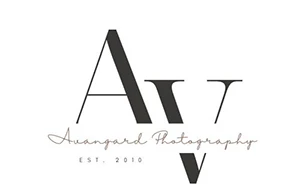Bridal Veil Taboos You Should Break
Let’s start with little history of wedding veils. Traditionally wedding veils served as a method of covering bride’s face in case of arranged marriage and as a symbol of purity or even virginity :). A lot of have changed since then and today wedding veils serve more as a symbol of wedding celebration.
With typical cost of $300 up to $1000 for a high end veils, buying the right wedding veil is not an easy task. There are many considerations when it comes to picking up the One. We would recommend starting with the length and matching it to your wedding gown. Next let’s talk about colors. Wedding veils come in many different colors from traditional white and ivory to more radical like pink or rose-gold. We would recommend matching as close as possible to your wedding dress’s color so they complement each other.
You can also add some sophistication to your veil with some additional embellishments such as matching lace or decorative beads on both – your wedding gown and the veil. If you are looking for more volume you can go for multi-tier veil instead of single one. We also suggest some veil pairings such as comb, tiaras and halos for more bohemian look.

Now let’s talk about different styles of wedding veils. We have five different types of veils. Mid-length veils are the most common. They usually end around your waist and offer traditional yet complimenting look.
If you want to make a statement we recommend a cathedral veil. They deliver an exceptional look and majestic glare. The only downside might be the length which typically ranges from 7 feet to 12 feet and might hinder your movement.
For brides that are looking for a vintage style we recommend a birdcage veil. They were very popular in the 20’s and 30’s. These types of wedding veils cover only part of the face. They are usually made with tulle in fishnet patterns.
The next type of a wedding veil is a blusher veils. If you’re dreaming of a big reveal during the ceremony this is the one to get. It covers your face as you walk down the aisle and it is designed to be lifted and moved back usually by the father of the bride. It’s a very sweet and often emotional moment. These precious memories are ones that makes for beautiful wedding photos and we highly recommend as a Toronto Wedding Photographer.

The last two types of wedding veils are Mantilla veils and Juliet cap veils. They are made of mesh or lace. The Spanish style reflects a thicker border often decorated with pearls, beads or jewels for an amazing look.
Now let’s talk about how to position your wedding veil. We suggest three different positions. The first one would be a very traditional look and it starts at the top of your head. If you want to go for more modern look you can position your veil at the crown of your head. And the last more sophisticated look can be achieved by placing your veil at the back of your head.
Your wedding veil is the crowning glory of your bridal ensemble so to speak. It can express your personality on your wedding day and create the look that you’ve always dreamed of. So don’t be afraid to experiment and spend some time on finding the right one for you. We hope this little primer on wedding veils will help you with this task.


